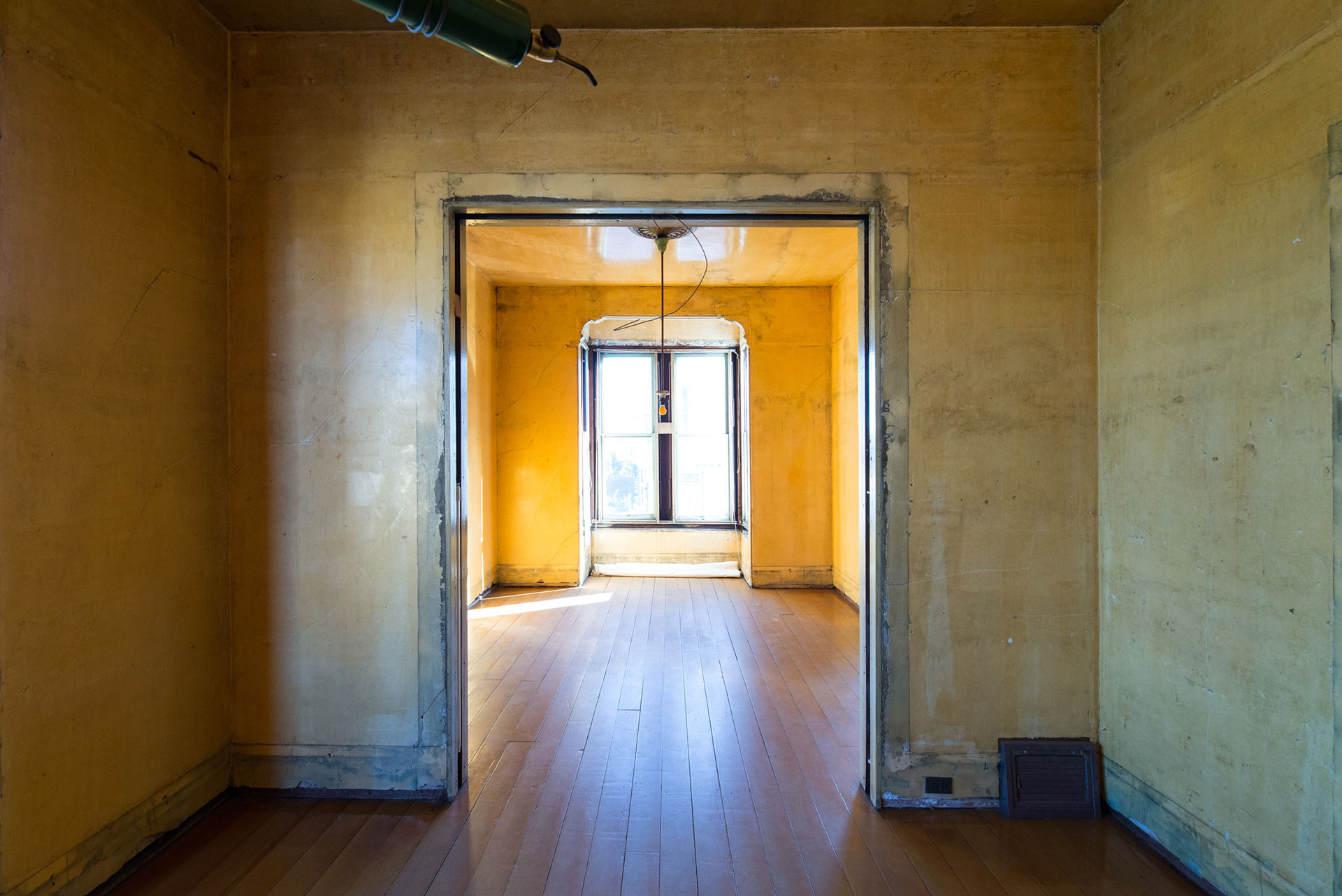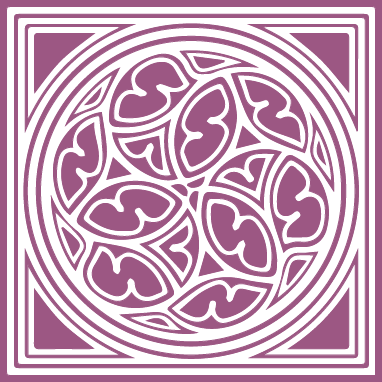
Preserving the Handiwork of Time and Art: The David Ireland House
As a conservator, I started out conserving historic building materials and finishes, but that’s morphed into working with art and sculpture, too, like the murals in Coit Tower and the gypsum-and-latex door surrounds by Tom Otterness for the San Francisco Museum of Modern Art. Recently I’ve had the opportunity to work at a fascinating intersection of architecture, preservation, and art: David Ireland’s house at 500 Capp Street.
The conceptual artist David Ireland bought the house in 1975. It was a dilapidated Italianate style Victorian dating back to 1886. He decided to gut it and turn it into his studio. Then he began to see the house as a piece of sculpture in its own right. He took off window moldings, stripped away wallpaper, sanded every surface, and then coated the walls, ceiling, and floors with high-gloss polyurethane varnish. In effect, the varnish preserved the distressed look of the home. He lived there for the next 30 years, continuing to modify it, until his health failed and he had to move out. Many consider the house his masterwork.

San Francisco art collector and patron Carlie Wilmans purchased the building in 2008 and created the 500 Capp Street Foundation a year later to oversee the house as a venue for the preservation and study of the artist’s work. The foundation hired local firm Jensen Architects—the same firm that designed SFMOMA’s Rooftop Sculpture Garden—to turn the house into a study center and replace the (nonhistoric) garage addition with a terrace, all while maintaining the house’s artistic and historic integrity.
We were retained to restore the interior surfaces to the way they looked when Ireland completed the home in 1978. Here, the challenge was not to preserve a historic home, but rather to preserve the evidence of decay that interested the artist who occupied the residence. Part of it involved restoring the luster of the faded varnish, which our conservator, Dena Kefallinos, describes here.
We also helped out with the seismic work, because this was a bit unusual—the house actually had no foundation. None. In addition, Ireland had dug beneath about a third of the house—by hand—to create a sort of basement.

We assessed the condition of all the interior plaster and the second-floor wooden windows, some of which had deteriorated significantly. We recommended that all of these windows be removed and rehabilitated. We stabilized plaster that had detached, mostly on the ceiling.
It’s interesting, because we weren’t filling cracks and smoothing them over—we were preserving cracks. But we also needed to hide the signs of our stabilization work. So after we drilled holes in the walls in order to reattach plaster, we had to conceal our tracks.
- Drilling through plaster surface to the lath.
- Liquid-acrylic-mixture conditioner/primer being sprayed into cavities.
- Resin-based acrylic emulsion adhesive being injected into the cavities.
- Plaster washers screwed into place, anchoring the plaster against the lath.
- After the washers were removed, the holes with filled with plaster patching compound.
We also assessed artwork that Ireland had mounted on the walls, which included mud patties—influenced by his travels in Africa—not to mention figurines, skulls, and other found items. Some of the mounted artwork couldn’t be removed safely, so we protected them with custom-fit Ethafoam boxes so that, during construction, they would be safe from damage.

One of the Ethafoam boxes used to protect non-removable artworks.
Ireland died in 2009, at the age of 78. But in addition to his artwork and his house, he left another legacy: he was a mentor for a number of artists, who he would invite over for tea, and he ended up displaying a number of their artworks alongside his own in the house. To continue this legacy, the museum is developing an artist-in-residency program. So the house’s collection will keep growing.
In January of 2016, the house opened as a museum, allowing people to see his greatest achievement firsthand. But although it has been preserved—twice, once by Ireland, the second time by the foundation—it won’t be a static thing. It will go on acting as an incubator for art and a place for creation. Which is the whole point of preservation—to support continued vitality, to live and to grow.







